Read Part 1 of this interview here.
Part 1 speaks about Dr Jabbar Patel's journey through education and thetre leading to directing Saamna; his approach to filmmaking in general and specifically to making Saamna; his process and his interactions with lead actors and producers etc.
Question: In Saamana, you selected three very important songs (which later became especially popular)—and one of them was sung by Lataji. What can you tell us about that?
- While working on the screenplay of Saamana, I strongly felt the need for songs to connect certain crucial emotional and narrative threads. I first discussed it with Tendulkar, and he simply said, “No need for songs. Have some background music and move on.” Bhaskar Chandavarkar had composed the music for Ghashiram Kotwal earlier, but I was very clear—I wanted songs in Saamana. So, I asked Jagdish Khebudkar to write a few lyrics. For one particular song, Bhaskar had found some new singer, but I was still searching. Because this wasn’t just any song—it was meant to haunt Hindurao after the murder of Maruti Kamble.
After the inaugural shoot, I was strolling around the back of the studio after lunch. I saw Lata Didi sitting in the verandah, sipping tea. I don’t know where the courage came from, but I walked right up and greeted her. She said warmly, “Everything seems to be going well. The inaugural shoot looked great.” I said, “But I am a little stressed.” She asked, “Why?” I replied, “I need to include songs in this film. We’ve had two lyrics written by Jagdish Khebudkar, and for one of them—I can’t think of anyone else but you.” I explained the murder scene of Maruti Kamble to her, and how the song was meant to reflect Hindurao’s inner guilt. I told her, “This is a very important song which is meant to sharpen the sense of Hindurao’s inner guilt.” She looked at me in amazement for a while—surprised that a newcomer was making such a request.
After a pause, she said, “Let’s see, what has Jagdish Khebudkar written?” And I don’t know what got into me—but right there, in front of this world-famous singer, I actually sang the song (with Bhaskar’s composition): ‘Ha mahal kasla… kunya dwadane ghatla ghaav... sakhya re, sakhya re, sakhya re... ghaayal mi harini...’ She smiled and said, “You sang it well.” After a thoughtful pause, she said, “Jabbar, I like this song. I’ll have to check when I can give you a recording date.” I was elated by her response. She merely asked me one thing: “Who is this picturized on?” I replied, “On a dancing girl.” She said, “I’ll sing it. But make sure you cast a very expressive actress—so that the words and their emotion truly come through.” I was absolutely thrilled that Lataji agreed to sing that song.
So, I went running and said to Ramdas, “Didi is singing.” He got flustered. I told him, “Lataji is singing for our film.” Hearing this, he was stunned, because we were making the film by collecting money from whichever source we could get. The thought that we wouldn’t be able to afford Lataji’s fee really shook him. I said, “Don’t worry, we’ll find a way.” I called up Bhaskar, who was in Pune, and said the same thing, and he thought I was joking. Doctor and Nilubhau were also shocked, as there was no mention of any song in the script. But once I explained the idea, they agreed. Didi gave us a recording date. We made all the arrangements and reached the studio. Just as everything was set up, we got a call from Didi. She said, “My voice isn’t in a good shape today. Let me give you another date.” Hearing this, Bhaskar said, “Didn’t I tell you; this is not going to happen?” I told him, “It’s not like that. Her voice really isn’t okay. She told me the first line of the song needs to be sung in a very high pitch.” Later, she came, and Bhaskar himself explained the song to her. She sang it accordingly.
Saamana Song - Sakhya Re Ghayal Me Harini
The first take was perfect. Bhaskar was happy. We said, “Didi, please tell us how much we should pay you.” She said, “This is your first film. I’ll take a single rose—okay?” We were stunned. On that note, I must speak of Didi’s generosity—till my film Umbartha, she never took a single rupee from me as a fee. That song was picturized on Hindurao. So, I felt that there should be another song playing in fragments in the background while Master wandered around. When Doctor heard that, he said, “I’d love that! As I walk in a delusion, the song should reflect that!” So, our search began. Around then, one day while going to Daund, I suddenly saw Diwali issues of magazines at the railway station. I picked up the Mouj Diwali issue. In it, I came across a poem by Aarti Prabhu (Chi. Tryambak Khanolkar) called “Kunachya Khandyavar Kunache Oze”. I instantly liked it. I read it two-three times and actually let my train go. I informed my wife—there’s a train after two hours, I’ll come then. I called Bhaskar and told him, “There’s a poem by Aarti Prabhu in the Mouj Diwali issue. I’ve found exactly what we were looking for.” He said, “Wonderful!” I said, “I let the train go. Let’s meet.” We met. He read it and liked it. But he said, “It’s in free verse. Better take Aarti Prabhu’s permission.”
I immediately called Aarti Prabhu and told him the whole story. He said, “Great! I’m okay with it—ask Tendulkar and go ahead.” I told him, “I will ask Tendulkar. But it’s in free verse.” He said, “That’s okay, go ahead. I trust you. You won’t change the words, right?” And that’s how “Kunachya Khandyavar Kunache Oze” became the title track of Saamana. Now, just the title itself has had so much impact that over the last 40 years, countless editorials have used it. I also wanted a song for the street performer’s act in the film. When I couldn’t find one, I wrote four prosaic lines, with the essence of “What’s hidden under this hat?” Bhaskar Chandavarkar worked his magic on it, and that prose-poem turned into a song. Ravindra Sathe, Usha Mangeshkar, and Dr. Lagoo together sang “Ya Topikhali Dadlay Kaay.” Looking back now, I feel that placing “Sakhya Re Ghayal Mi Harini” against the backdrop of Maruti Kamble’s murder added lyrical softness to the otherwise prose-heavy form of the film and greatly enriched its depth.
Question: While making Saamana, did Dr. Lagoo and Nilubhau discuss scenes with each other, or was the script itself sufficient for them?
- Both had the script with them. After each day’s shoot, they would discuss what the next day’s scene was, but they had no idea about where the camera would be placed or who the shot would focus on. Neither of them ever asked me about such things. In fact, after filming was complete, I asked them myself, “Why didn’t you ever ask me anything about the shots, camera angles, or focus?” Dr. Lagoo gave a beautiful reply. He said, “If we had known everything in advance, we would’ve been conditioned. There would’ve been no scope for improvisation. For the spontaneity required in this kind of work, the merging of these small technical elements—trolley, camera, shot boundaries—creates a unique impact. After a couple of shots, our body language starts to change, and a certain vitality enters it. We didn’t want to interfere with what you were doing. There was no point in allowing the director within us to encroach upon your space. That would’ve been unfair to a good piece of art. And with the addition of songs, the film gained a certain delicacy—something that can’t be anticipated just by reading the script or hearing the shot division.”
Nilubhau added, “Adjusting to the camera is important, but that’s not enough. What really matters is how your movements flow and how naturally they occur—that’s what truly gets noticed. So there was no point in knowing things beforehand.” The true strength of Saamana lies in the creative genius of these two actors. They knew what needed to be done and had made their internal decisions, but they never felt the need to discuss or plan everything with each other. Vinod, I can tell you without hesitation—among all the world-renowned actors I know, whether it’s Marlon Brando, Robert De Niro, or our own Dilip Kumar, the performances of Nilubhau and Dr. Lagoo stand on par with them. I have absolutely no doubt about that.
Question: The frames used in Saamana were meticulously crafted. So much so that even after watching the film 17–18 times, not a single frame felt out of place. What could you say about the editing?
- Our editor Vaidya was extremely experienced and had a deep grasp of the story’s rhythm. He used to say that Tendulkar’s dialogues must not be compromised because they carried layered meanings, and we had made sure not to disrupt that. In fact, Tendulkar had a fine sense of still photography; we had many discussions with him about how to take close-ups or long shots for particular scenes, which naturally contributed to the richness of Saamana’s editing.
Question: After Saamana was filmed but before its release, did you show a trial screening to Tendulkar? And what was his reaction to it?
- After the sound mixing was done by Mangesh Desai, we showed Tendulkar a trial screening of the film. Our editor Vaidya had already decided that Tendulkar should only see it after the entire edit was completed. So once the film was ready along with the songs, we showed it to Tendulkar. The film began with the song “Kunachya Khaandyavar Kunache Oze”, and I feared Tendulkar would object right away, but he remained silent throughout. I asked him directly whether I had harmed the political content, especially since there were lyrics by Arti Prabhu and Khebudkar alongside his own words, and the music was different. He countered, “Jabbar, what exactly are you trying to ask? The moment I finished writing the screenplay, my job was done. How can I visualize the final film? Theatre is different—you can’t do much outside the written word, even in Ghashiram. But this film is yours and your team’s. If this is your final version, don’t change anything.”
I felt he hadn’t spoken much, and wondered if he was upset. I asked if he felt I had attacked his script. He replied, “Of course, it’s an attack—but a lovable one, done by our own boy while learning the craft of cinema! In the end, the audience has to watch the film. You didn’t lose the content—you made it more enjoyable. You added songs, but truthfully, Arti’s lyrics reflect my content. Lata’s song is extraordinary. And after all, this is an experiment. The songs bring out Hindurao’s guilt and the sorrow regarding the teacher’s daughter beautifully. Smita’s appearance is also very effective. All this has deepened the mystery in the film. Overall, it has all come together very well—leave it as it is.” After this, I felt reassured. However, I do believe that the things I stubbornly insisted on in Saamana were accepted by Tendulkar as the whims of a rebellious child. I’ve always felt that he remained somewhat unspoken about Saamana, but he was never hurt—and I think it’s fair to say he genuinely liked what I had done.
Saamana Song - Konachya Khandyavar Konache Ojhe
Question: Before Saamana was released; while directing it, did you receive any guidance from notable figures in the film industry of that time? Or, apart from Tendulkar, Dr. Lagoo, and Nilubhau, was there any contribution from outsiders in the making of Saamana?
- While working on Saamana, I had the opportunity to interact with Bhalji (Baba) Pendharkar. The first time I narrated the story to him, he asked me, “Do people even like such subjects? Is there really any interest in such a topic?” I confidently told him that the public was indeed taking an interest in these themes. (By then, cooperative sugar factories had been around for two decades). Once Saamana was filmed, I told Baba I wanted to show it to him. He agreed but warned me, “I’ll say what I feel—will you be okay with that?” I said yes, and showed him the film.
The songs hadn't been added into the film yet. Baba watched the prose portions, noted down the durations of some scenes on paper, and afterward said, “This film isn’t mine, so let’s talk about what you’ve done. First—truly, I admire your work. Shooting 8–9-minute scenes with just two actors and still managing to grip the audience is a tough task, but you’ve done it beautifully. Even if a thousand people watch this film in silence, a pin drop would be audible—you’ve created that kind of quiet tension in their minds. It’s wonderfully done. Just in one or two places, Nilubhau’s close-ups feel a bit loose—see if that could be adjusted.” I explained that it had been done intentionally, but he still said, “Think it over.” So we discussed it with Vaidya and Nilubhau. Nilubhau said, “Shoot afresh, compare both versions, and then decide.” We eventually made some changes based on Baba’s feedback.
V. Shantaram (Anna) also praised Saamana, saying, “You’ve clearly been influenced by Bengali cinema—you’ve played a lot with rhythm, and done it so well.” I asked him, “Won’t people call this a talkie?” He replied, “No Indian (Hindi) film is complete without speech. In the end, dialogue is a human language. You come from theatre, so you’re more conscious of this—let that go. The audience will embrace your film. And even if some do call it a talkie, let them!” Feedback from both Baba and Anna gave us tremendous inspiration. We felt we had genuinely done justice to Tendulkar’s work and achieved something different. After the film’s release, we received praise from many more people, along with some criticism too. Some cooperative sugar factories even passed resolutions banning the film’s screening. For instance, Vasantdada Patil said, “You did Ghashiram brilliantly—I loved it. But with Saamana, you’ve gone too deep into Tendulkar’s ideology.” Meanwhile in Pune, people said, “Saamana is great, Master is amazing... but we didn’t like your Ghashiram. You’ve unnecessarily dug up history all over again!” Apart from that, leaders like Balasaheb Thackeray and Sharad Pawar appreciated Saamana, and the general public loved it deeply—that much was certain.
Question: A few days after Saamana was released, the Emergency was declared in our country. Many people try to find parallels between the Emergency and the film Saamana, especially interpreting Hindurao as Indiraji and Master as J.P. What would you say about that?
- There’s no real connection between the film and the Emergency. Any similarities are faint at best, because Saamana speaks from a local perspective, whereas the Emergency was national. That said, the tendency of people to link the two reflects Tendulkar’s foresight. There are scenes in the film such as Hindurao’s meeting being disrupted, and his disappearance after that. When he realizes that the new person in power is worse, Master then tells Hindurao to “serve your punishment and return”. All this reflects Tendulkar’s sharp political insight and capacity to intuit future trends. Perhaps this is where one could loosely connect JP’s movement.
Question: Saamana achieved unprecedented success. Around the same time (1975), it was even selected for the Berlin International Festival. What would you say about that?
- Interestingly, on the very day we boarded the flight to Berlin, there was a frenzy at the Mumbai airport. Only upon arriving did we learn that Emergency had been declared back home. Saamana achieved unprecedented success in India and was also selected for the Berlin International Film Festival. Saamana reached Berlin thanks largely to actress Nargis, who had seen the film with a Russian delegation and loved it. She was then a member of the Rajya Sabha and had suggested the delegation watch the film, which led to its selection. The Maharashtra government supported our trip. Sushilkumar Shinde who was the Cultural Minister then managed to arrange our tickets through Air India. We prepared the film with German subtitles for the festival.
At the festival, there was a tradition of a curtain call. This meant that the director would go up on stage first; then he would invite the producer and other actors onto the stage and introduce them. After the screening when I introduced the sophisticated Dr. Lagoo dressed in a kurta-pajama as Master, and then Nilubhau as the cruel politician Hindurao, wearing a crumpled pajama, the audience was stunned and responded with thunderous applause. One of the Indian jurors, Sukhdev, even predicted that one of the two actors might win a prize. Nargis ji was also in Germany at that time and surprised us with a message to Ramdas. Later she celebrated Saamana’s success at a party hosted by her friend Mirza with a champagne toast. Apart from being an artist, Nargisji’s sense of social responsibility is truly commendable. Both she and Sunil Dutt celebrated the film as if it were their own (even their children Sanjay and Namrata were present). We saw them proudly telling everyone, “You must see our new kind of Indian cinema.”
Question: One last question… What good or bad changes do you see between the politics of forty years ago and today’s politics?
- The corruption shown in Saamana was only the beginning. The monster that is eating at the society today is a form that was unimaginable then. In the 15-20 years after the Emergency, the concept of moral corruption raised it heads. The economic corruption that has grown rampant today can be curbed by strict legal action, but the form of moral degradation that one sees today is terrible. The worst part is, while nobody openly supports economic corruption, moral degradation is now widely taken for granted. Ghashiram Kotwal, Saamana, and even P. L. Deshpande’s Teen Paishancha Tamasha exposed this moral rot, which has only intensified since 1975. Yet two questions remain unanswered: What happened to Maruti Kamble? And what about self-inquiry?
Another thing is the media. Today’s media constructs narratives at lightning speed—and tears them down just as quickly. This is because they lack a holistic approach. After the Emergency, India saw a rapid political turnover: the Janata Party came to power and then quickly fell. These swift developments are now barely reflected in the media. Globally, we now see a direct link between humanity and democracy—where there is one, the other follows. While people in dictatorships fight for democracy, ironically, in the world’s largest democracy, India, humaneness is vanishing from politics. This is deeply troubling.
The moral collapse of public representatives will destroy society. As part of the universal equality envisioned by Dr. Ambedkar’s Constitution, it is essential that the system be held accountable by the questions posed by figures like Maruti Kamble. Can a politician eliminate someone like Kamble just because he challenges power? Absolutely not. Maruti Kamble is symbolic—he represents all the oppressed and silenced voices. One man may be silenced, but the spirit of freedom and equality offered by the Constitution will not be. As a system, we are part of a collective, and that collective must be guided by democratic principles and a humane approach. Our politicians must work, without supporting violence or discrimination (in a democratic manner), staying committed to the Constitution, to foster unity. What else did Tendulkar wanted to convey through Saamana?
- Dr. Jabbar Patel in conversation with Vinod Shirsath
Translation by Rahee Dahake
The interview was originally published in Marathi in Weekly Sadhana Issue dated 25 October 2014
‘सामना’चे दिग्दर्शक जब्बार पटेल
Tags: Dr Jabbar Patel Jabbar Patel Saamana Saamna Samna Filmaker Saamna 1975 Samna @50 Vinod Shirsath maruti kamble kunachya khandyavar kunache ojhe lata mngesh kar ghayal mi harini shreeram lagoo nilu phule Load More Tags

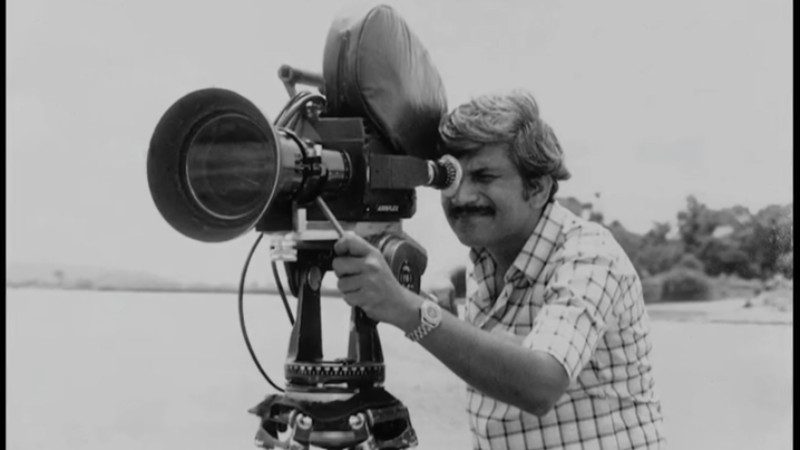

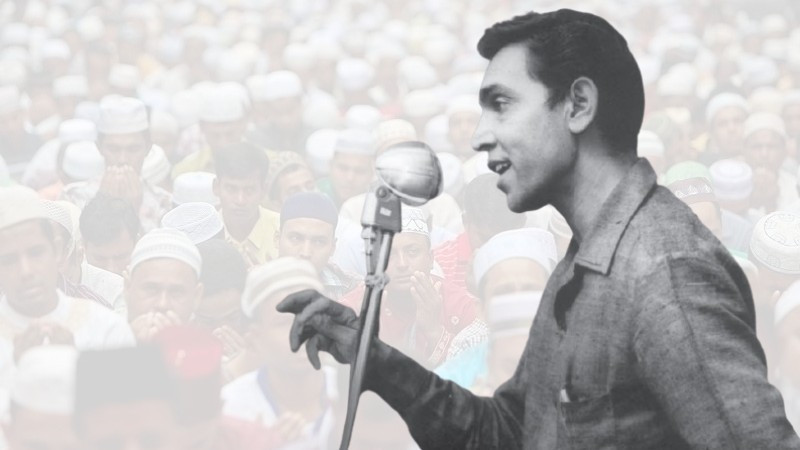
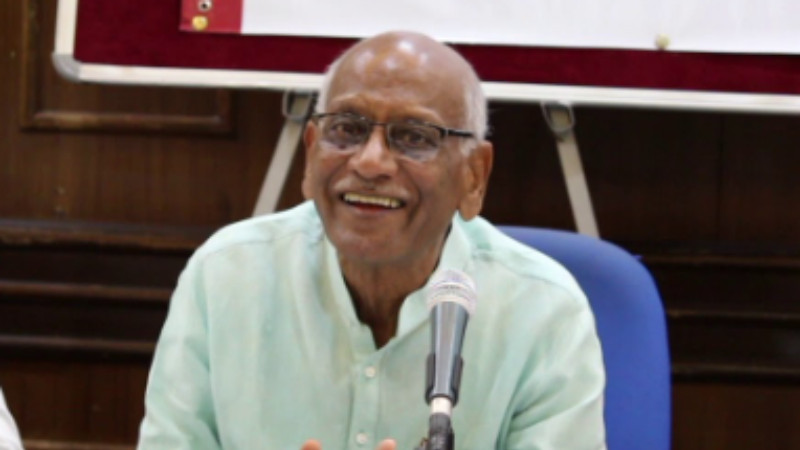
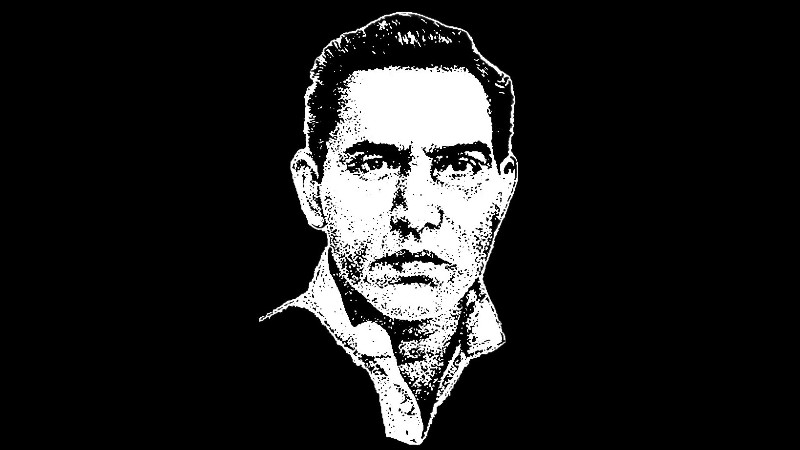
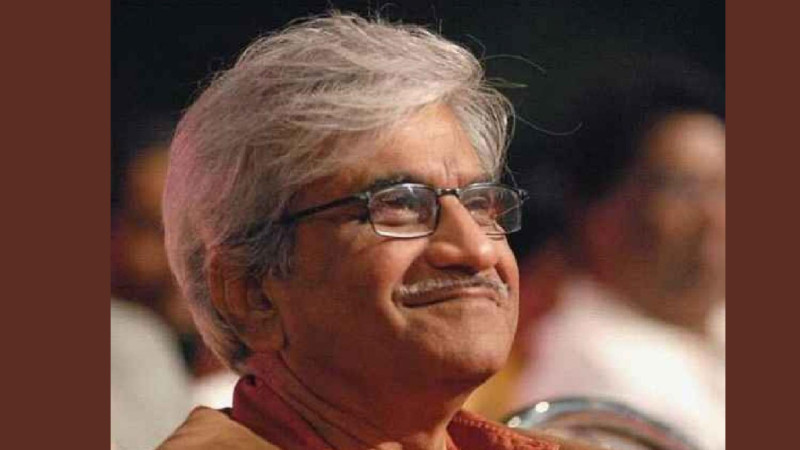
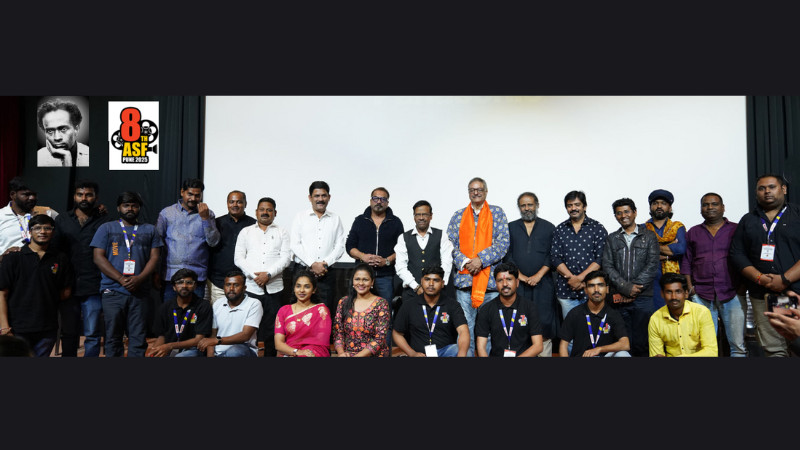


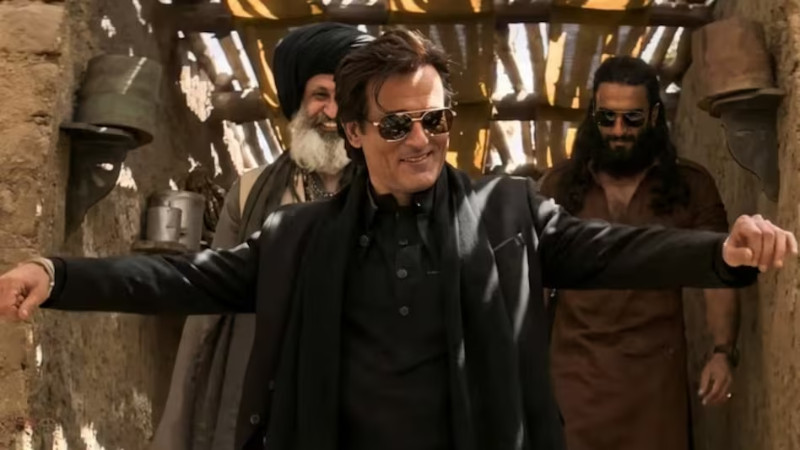
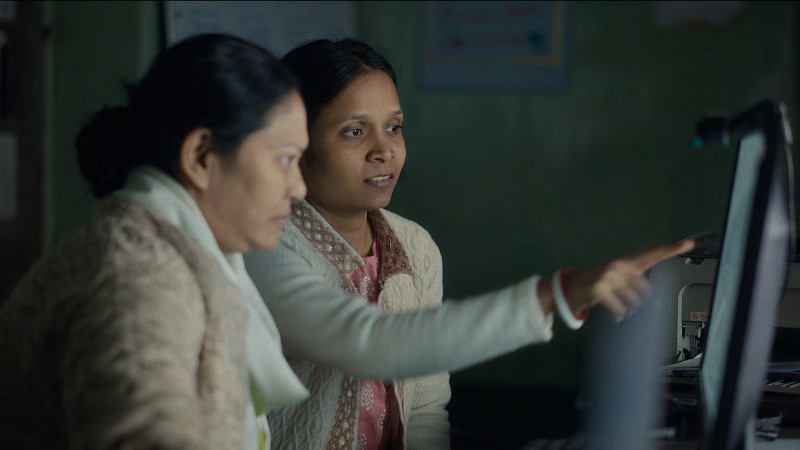
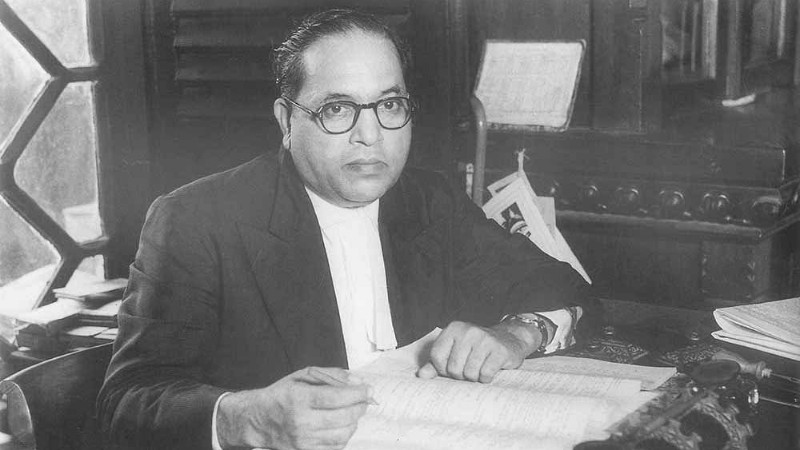
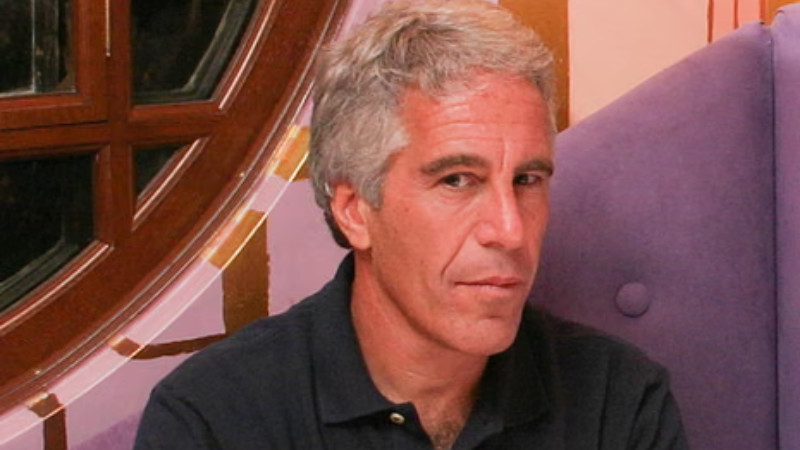
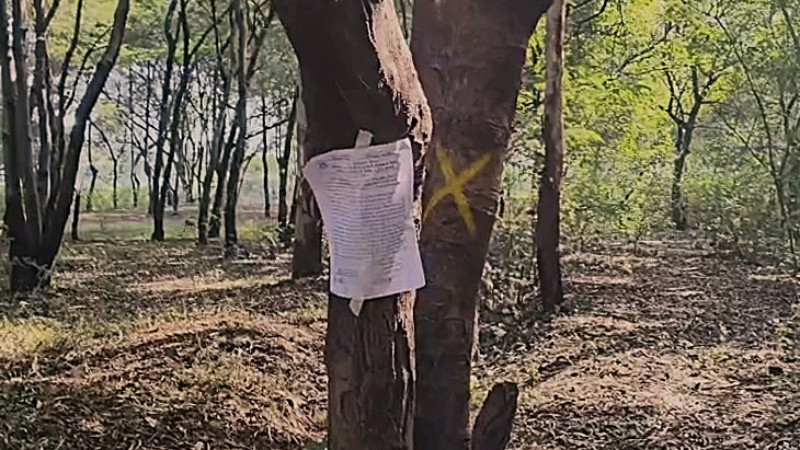
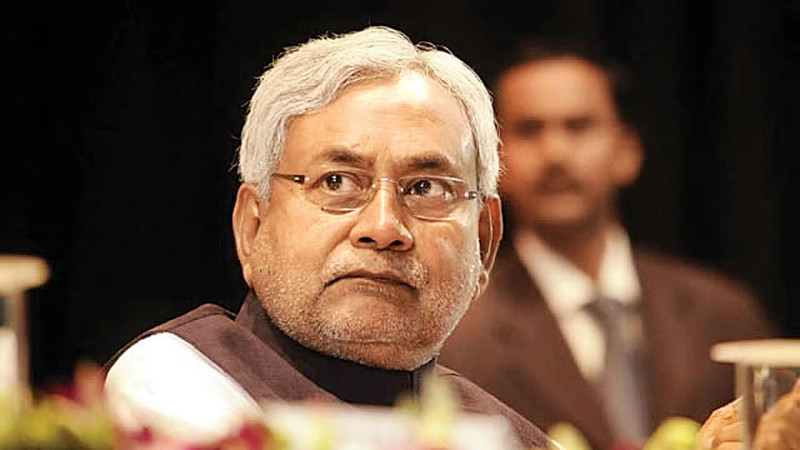
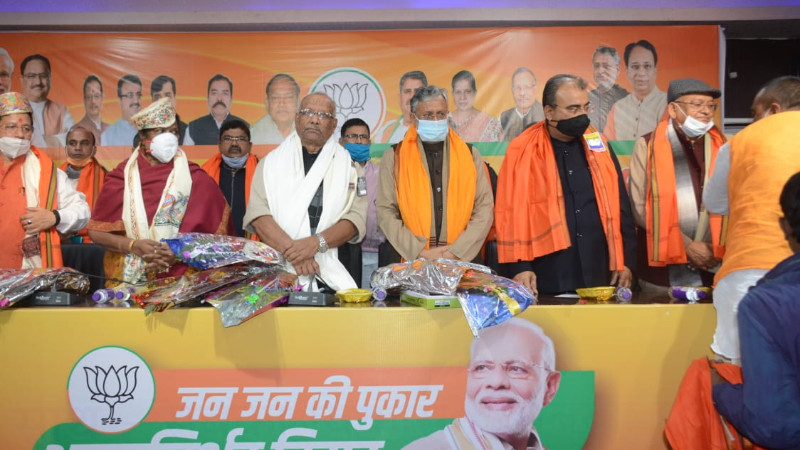
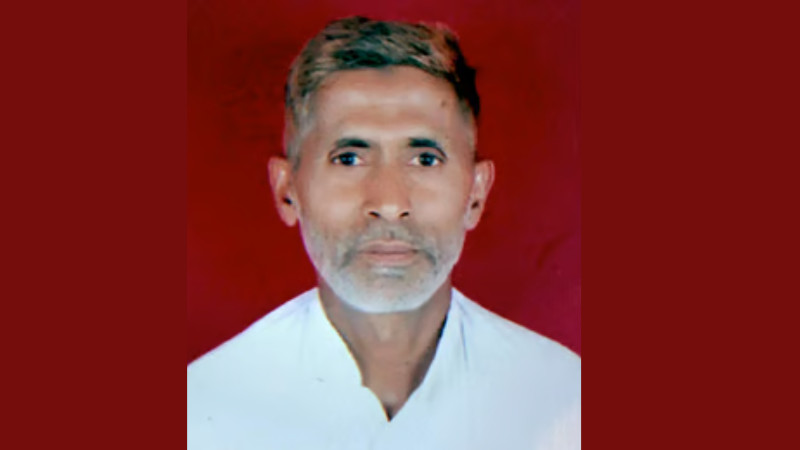
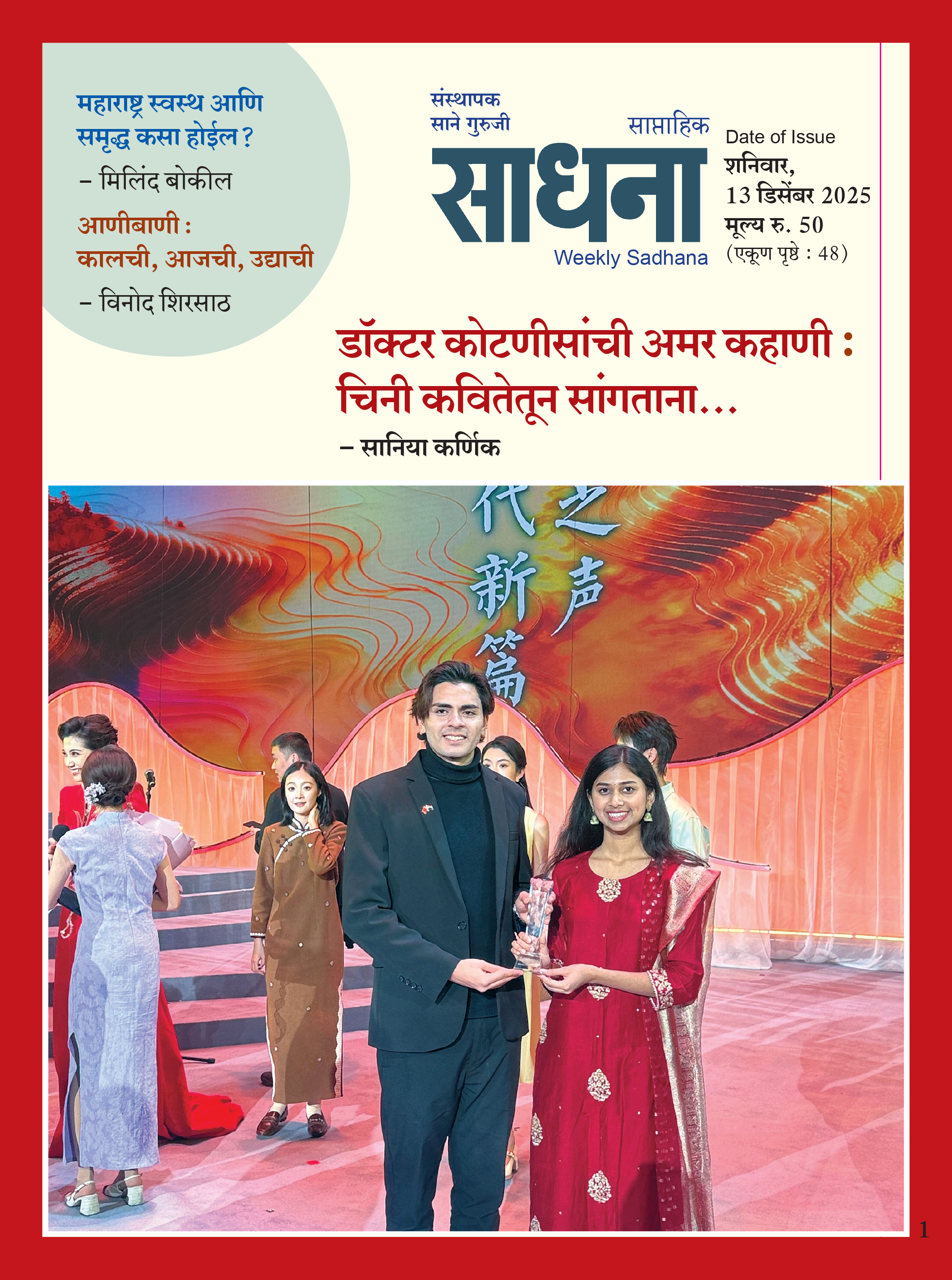

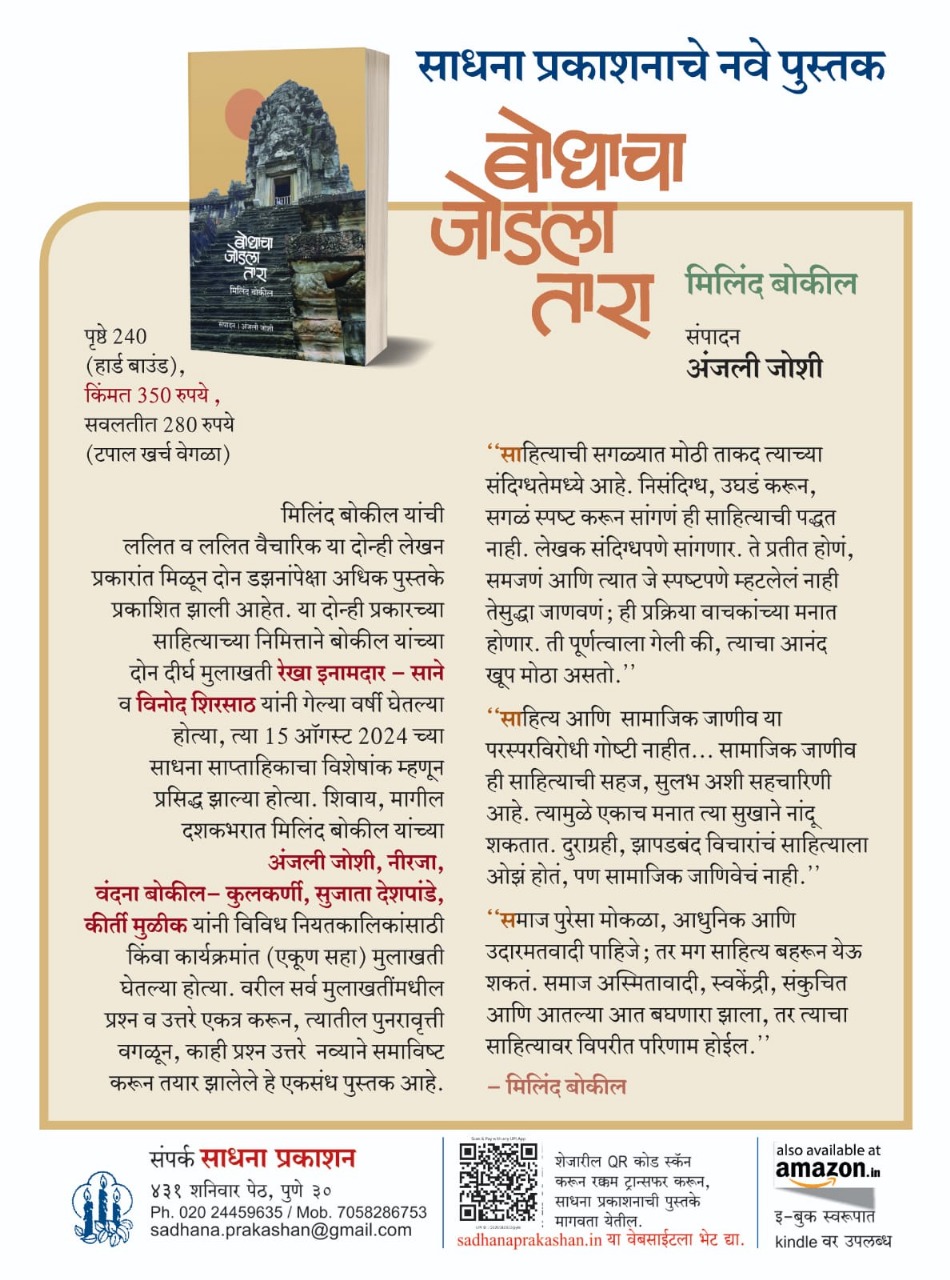
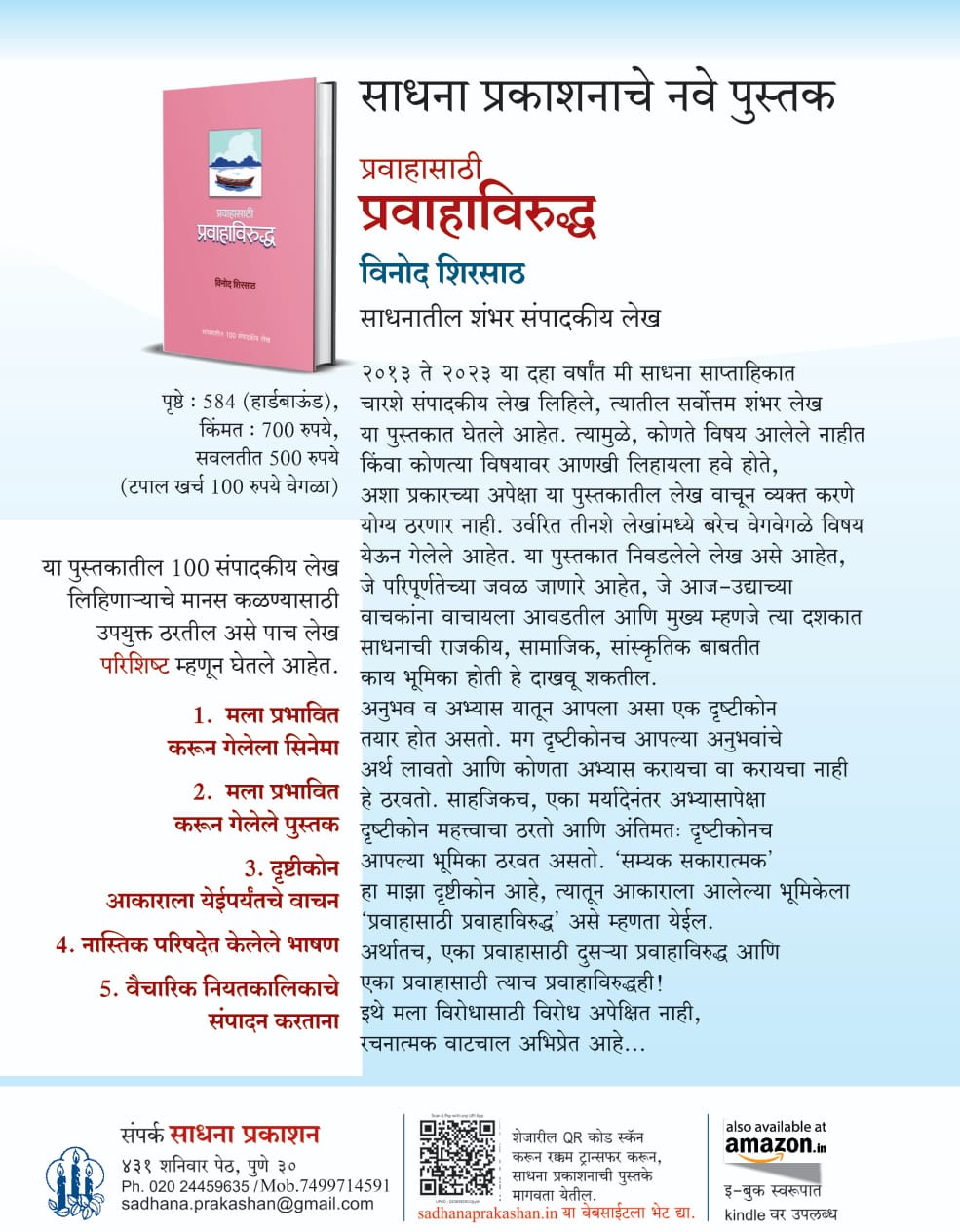
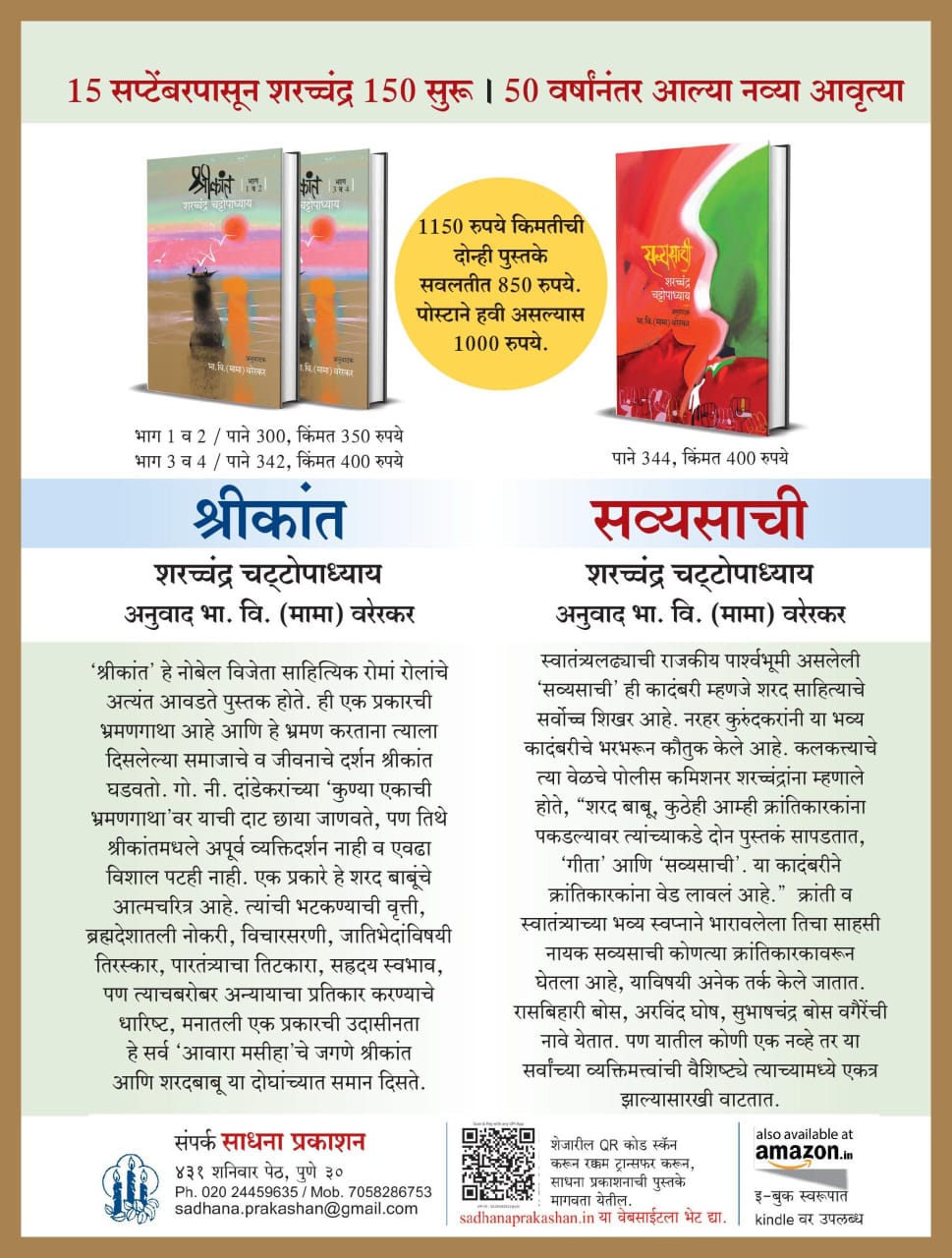
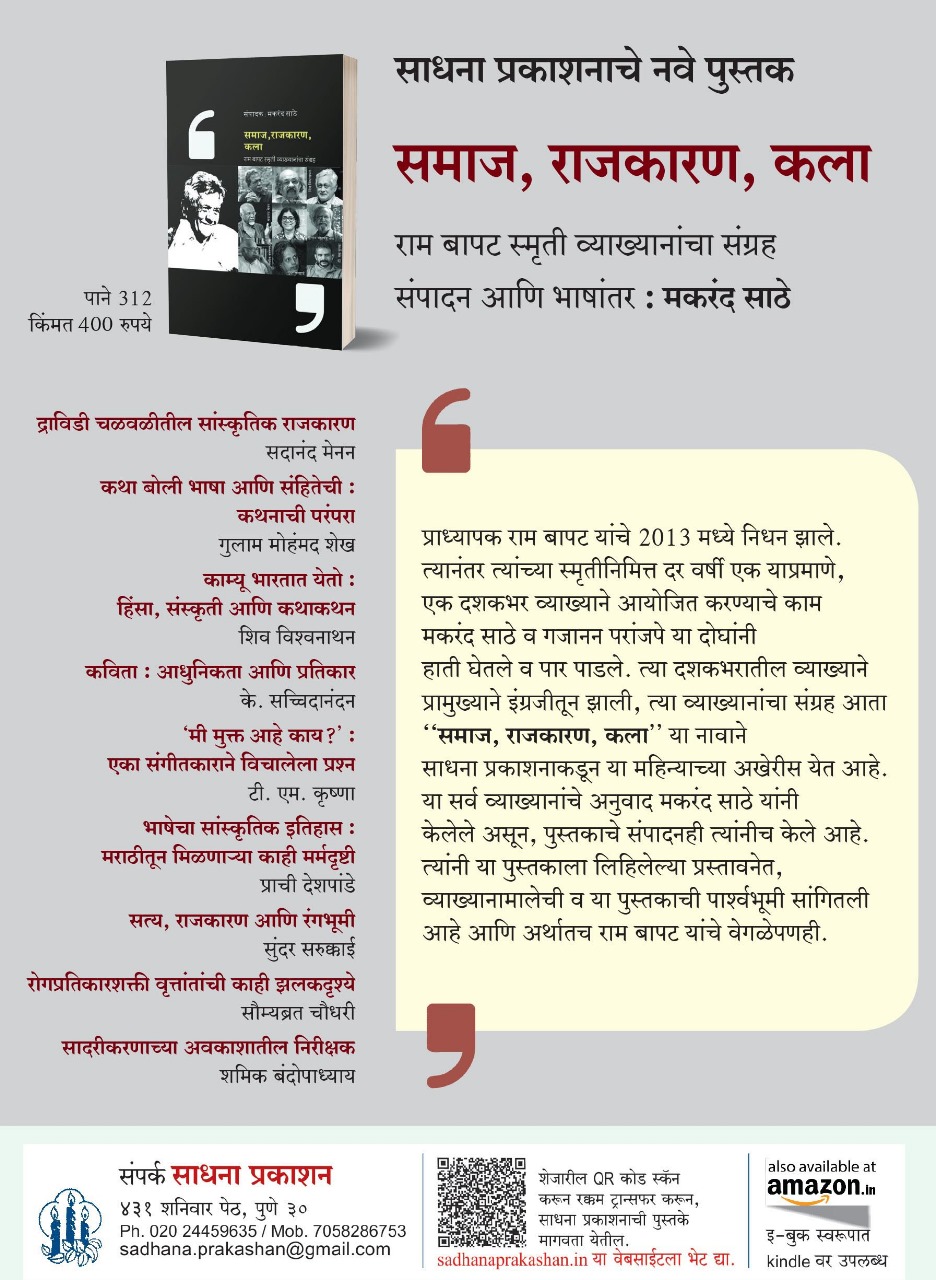
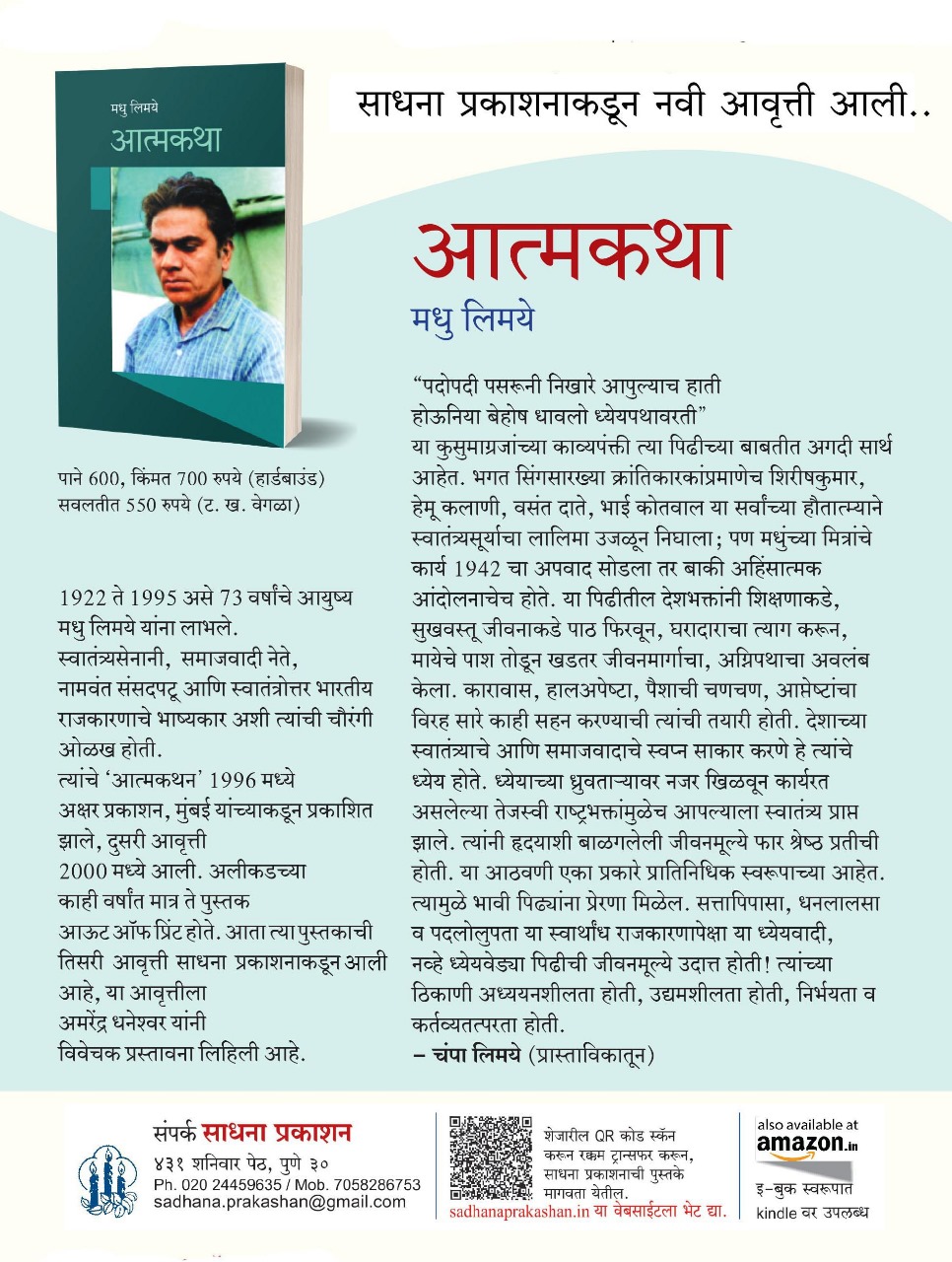
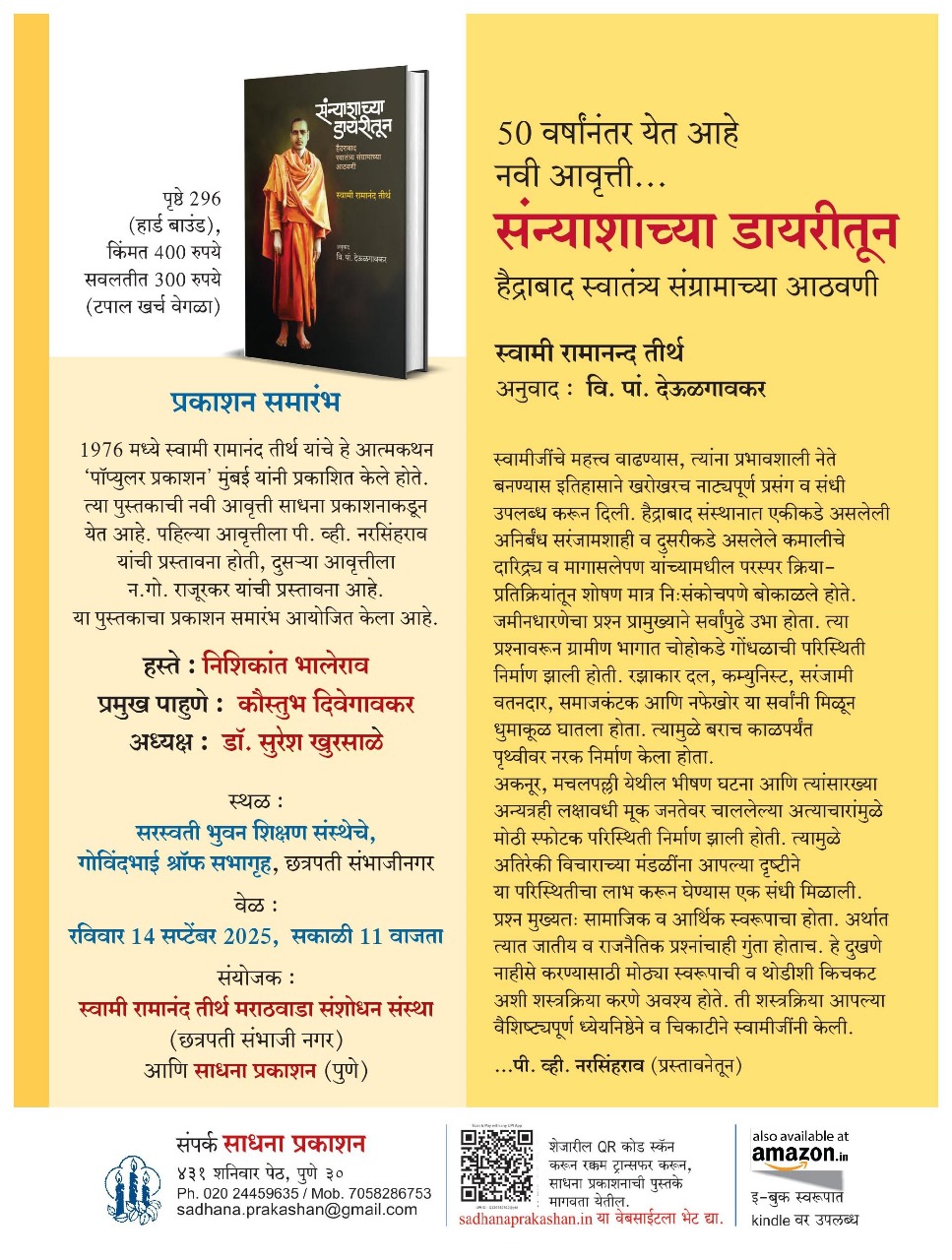
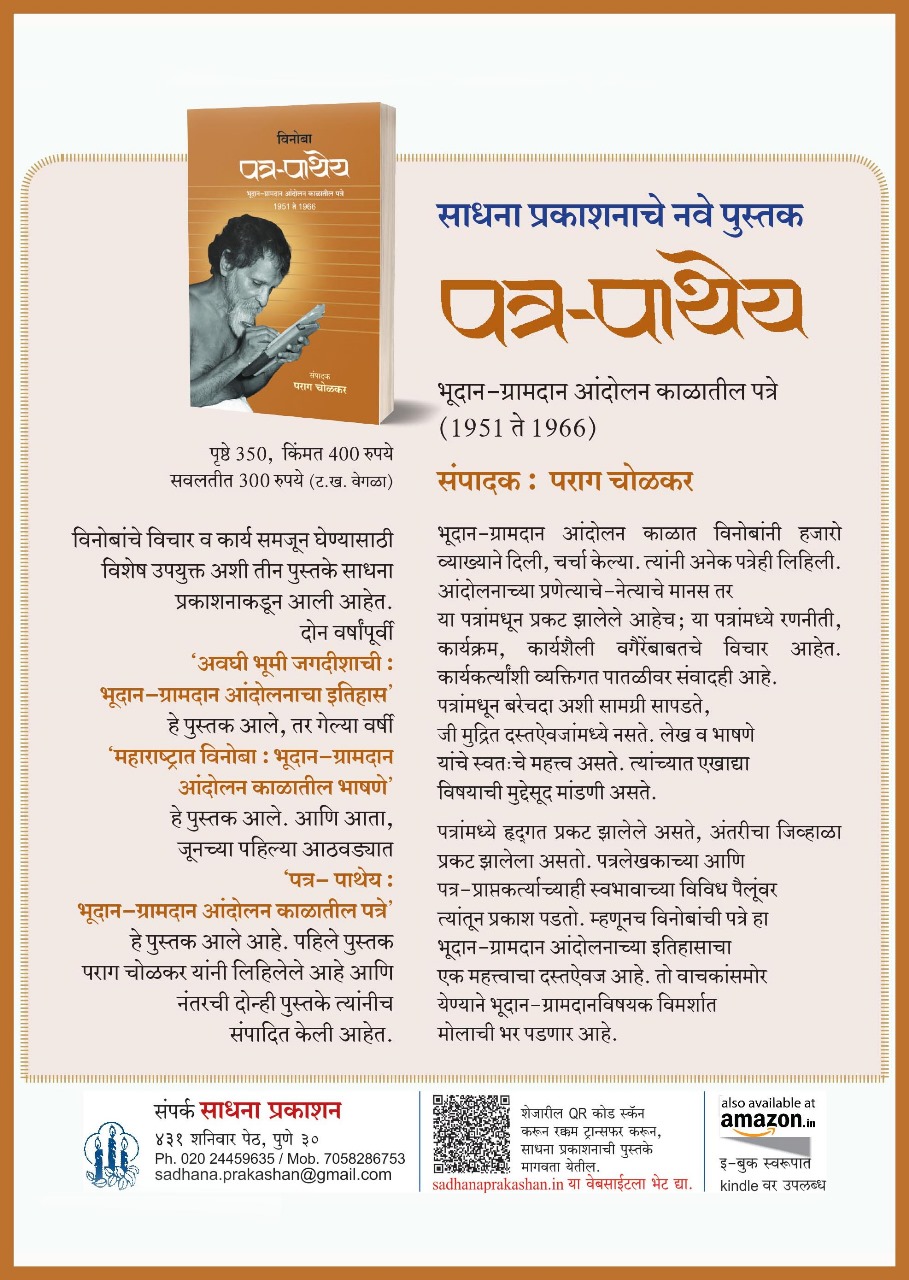
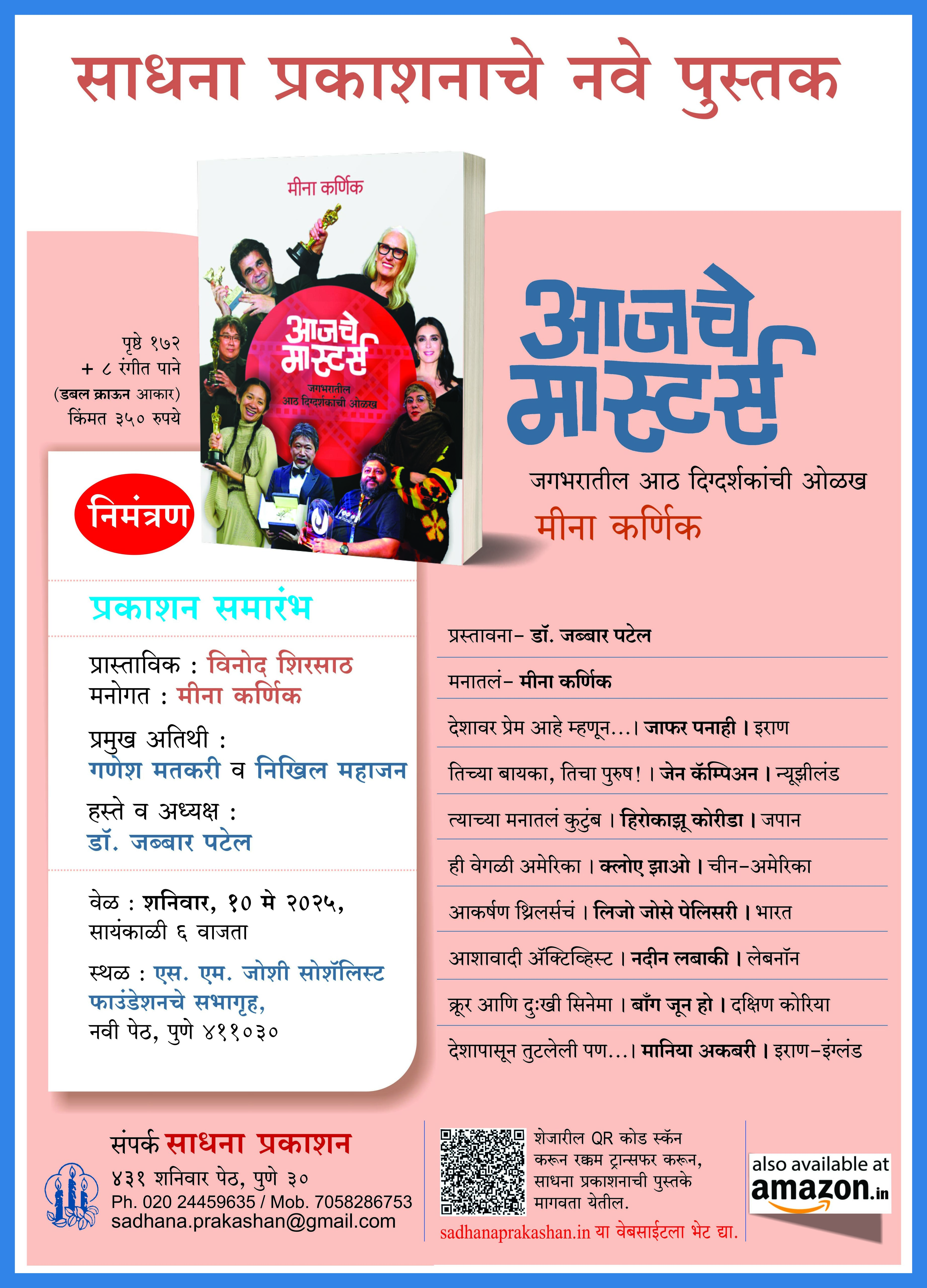
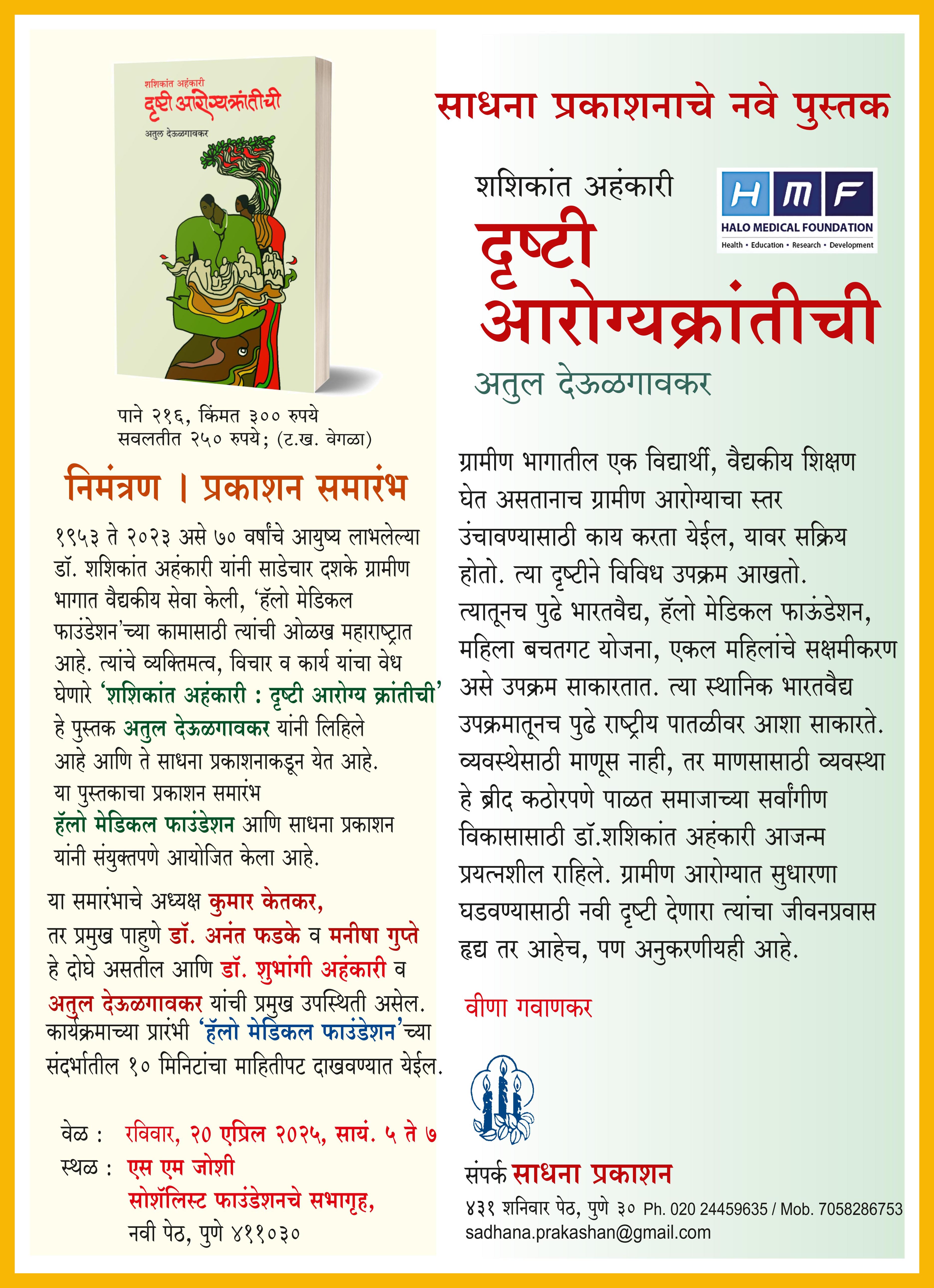

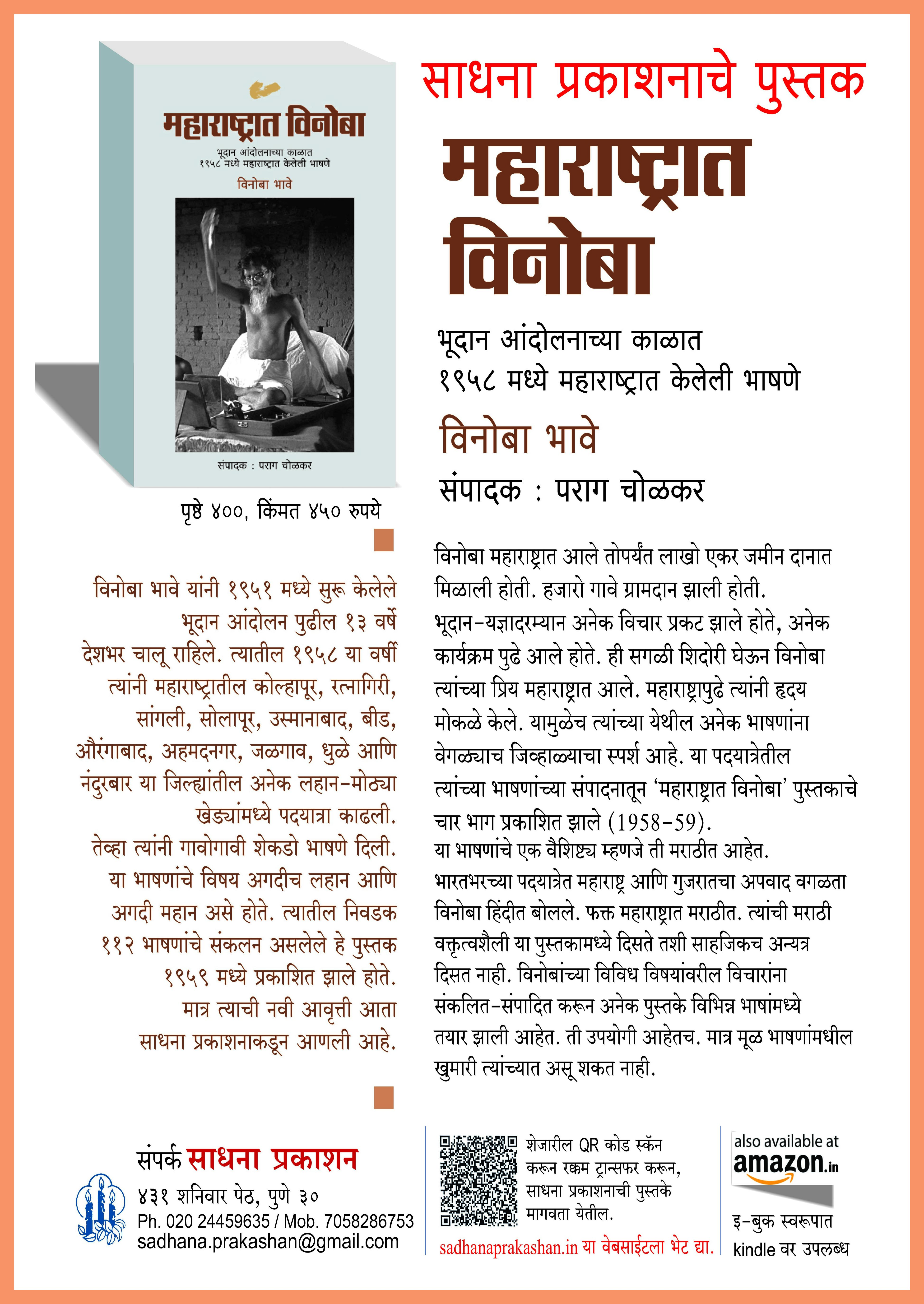

Add Comment